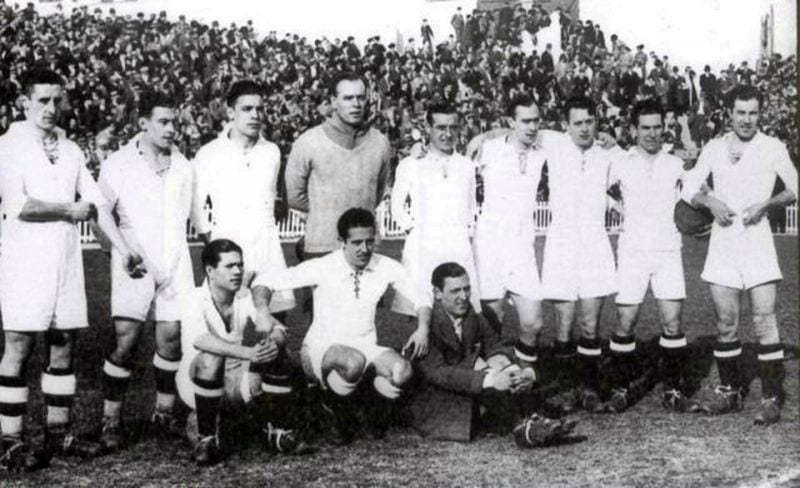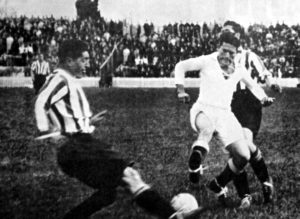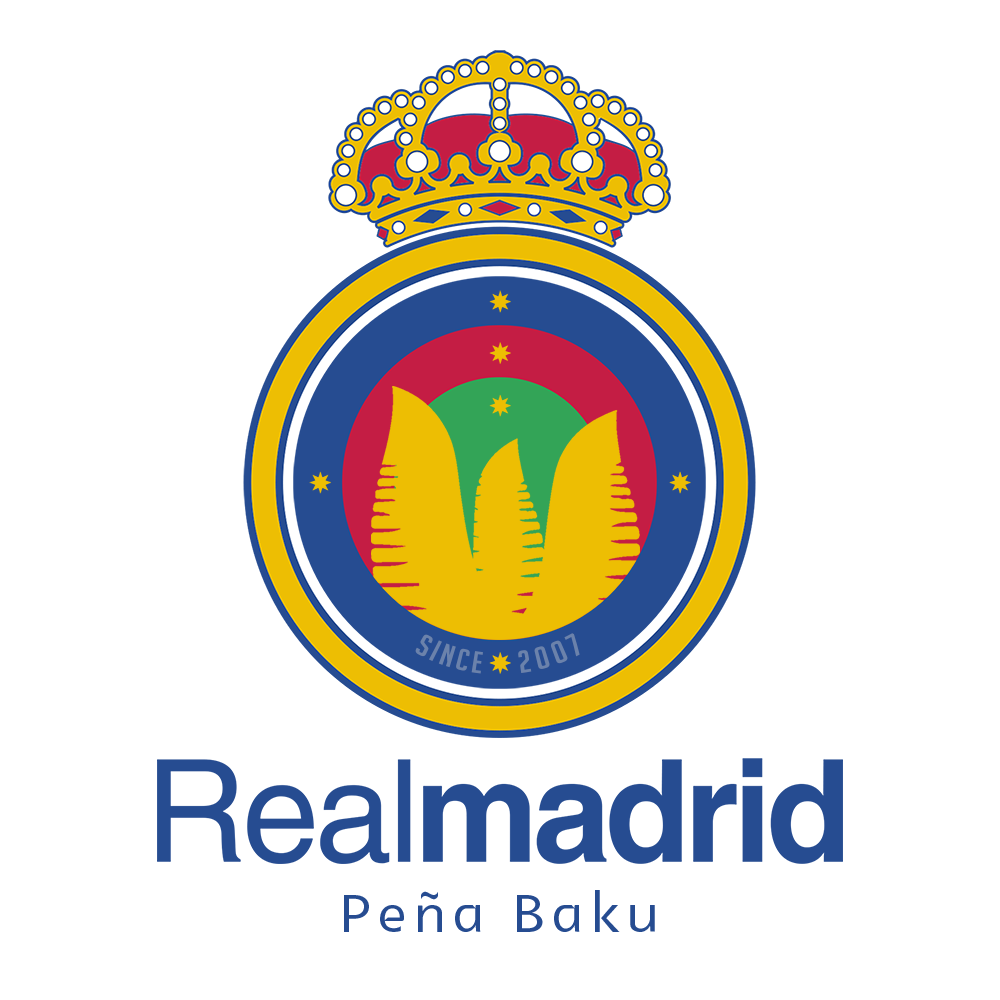
Every summer one of the most important moments in football is the transfer window. Throughout its history, Real Madrid has had several summer periods to remember, such as in 2009 when Cristiano Ronaldo, Benzema, Kaká and Xabi Alonso among others arrived, in 1996 with the incorporation of Seedorf, Roberto Carlos, Mijatovic and Suker, or in 1985 when Ramón Mendoza signed the ‘Quinta de los Machos’, made up of Maceda, Hugo Sánchez and Gordillo, in one fell swoop.
However, one of the most important summers in the history of the Blancos goes way back in time. It took place in 1931 and was the foundation of the merengue club’s relationship with the Spanish League. At that time, Madrid Football Club -so called after the proclamation of the Second Republic on April 14 of the same year- had gone three seasons without winning the domestic competition, created in 1928, and its last cup trophy dated back to 1917.
President Luis Usera gave orders to technical secretary Hernández Coronado to form a title-winning team, and the ex-White goalkeeper in the 1910s got down to work. He signed three players from Alavés: Ciriaco, Quincoces and Olivares, for 60,000 pesetas (25,000 for the first two and 10,000 for the third); Hilario from the Canary Islands; the midfielder Ateca from Racing de Madrid; Tomás Bestit, from Europa, whose brother Carlos played for Barcelona; and the young Mandáluniz, from Arenas de Getxo. The icing on the cake came in September when Luis Regueiro, from Guipuzcoa, who played for Real Unión, arrived in Madrid.

Real Madrid 31-32 season
Six of these eight signings earned a place in Hungarian coach Lippo Hertzka’s first eleven. The duo of Ciriaco and Quincoces, who complemented each other perfectly, formed a legendary defensive trio alongside goalkeeper Zamora, signed the previous season. Ciriaco was strong, physically powerful and comfortable with the ball, while Quincoces had strength, speed, a great aerial play and a lot of intelligence. In midfield, Ateca, who stood out for his fight and commitment, had a nice battle for minutes with Esparza and Bonet. The inside line was regularly formed by Hilario -an agile, imaginative player with great dribbling skills- and Luis Regueiro, a brilliant player who organized the game with mastery, dribbled with enormous skill and possessed a superb technique. And up front, at the spearhead, was Olivares, known as “El Negro”, who stood out for his opportunism, his effectiveness in front of goal and his excellent finishing with both his feet and also with his head.
After a complicated preseason in which they faced teams of very high level, such as the Budapest and Prague national teams, Borussia Berlin or the Ambrosiana (now Inter Milan) in a tour of Central Europe, they started the League with a draw in Chamartín against the reigning champions, Athletic Club. Little by little Hertzka put the pieces together, despite doubts in the club about his ability to work, and the white team climbed to first place in the standings, tied on points with Athletic.
Hilario Marrero
Unbeaten in the first round, the turning point came on matchday 10. They had to visit San Mamés, a ground where they had won once and lost twice in previous years. The match, considered one of the best of the championship, dazzled the fans present at La Catedral. Madrid took the lead twice with a brace from Olivares, but a Bata strike in the 75th minute left things as they were at the start of the match.

The battle between Bilbao and Madrid continued until matchday 15, when Real Sociedad won the Basque derby and the capital side defeated Espanyol. The advantage was maintained until the last matchday, when Hertzka’s men closed their campaign at Les Corts. A draw was enough to celebrate the victory, and that was the result with which the match ended. Lazcano and Luis Regueiro drilled the blaugrana net and the first league title in the Merengue’s history was won in Barcelona after a 2-2 draw. It was also a historic season, as they finished without defeat and were the lowest-scoring team with 15 goals.
The signings maintained their level in the following seasons, especially Quincoces, Ciriaco, Regueiro, Hilario and Olivares and, until the outbreak of the Civil War, Madrid won another League in the 32-33 season and two Cups in 1934 and 1936, against Valencia and Barcelona respectively. Translated with www.DeepL.com/Translator (free version)
Source: La Galerna
Author: Alberto Cosín
